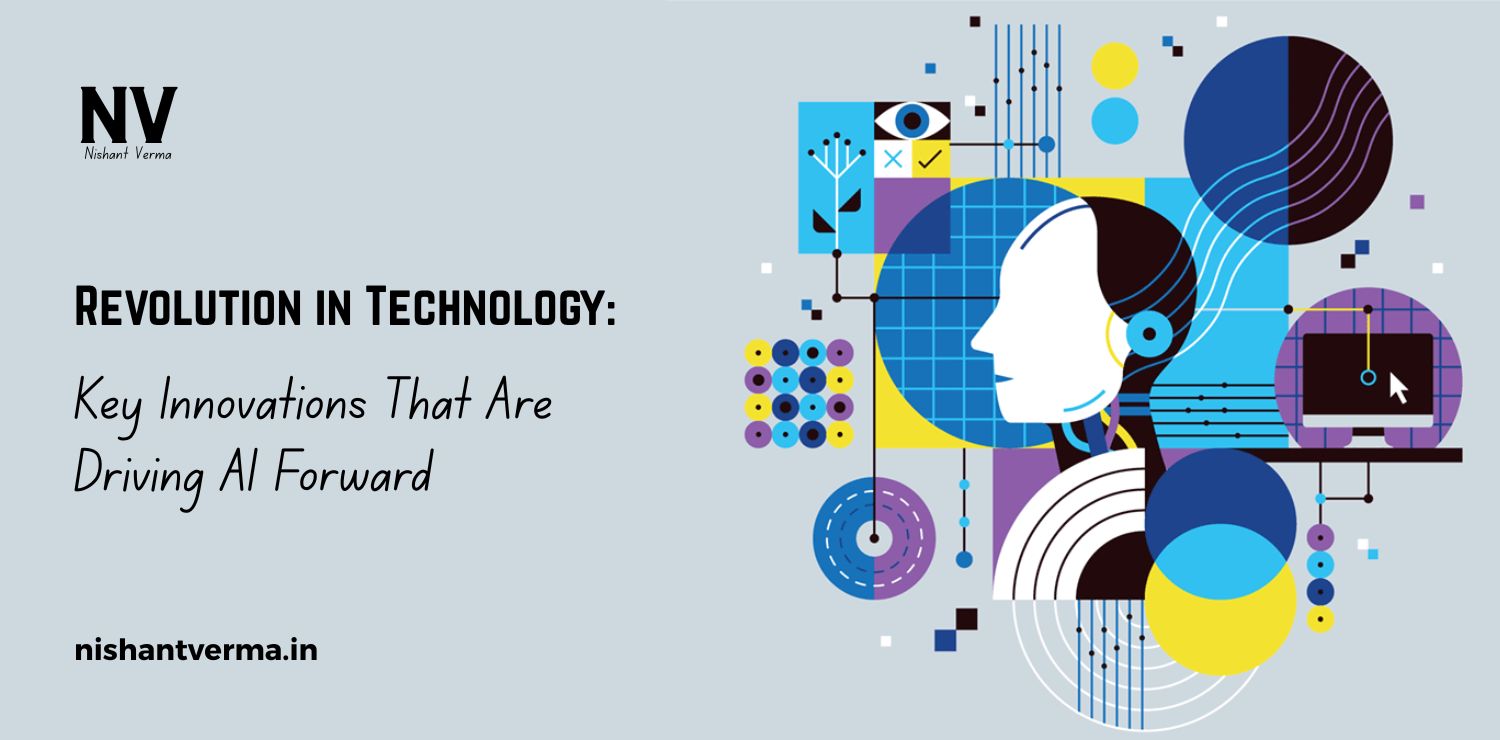In the bustling world of marketing, where consumers move seamlessly across various platforms, mastering the art of omnichannel marketing Approach has become the key to capturing hearts and minds. This article embarks on a journey into the realm of omnichannel marketing, unraveling its mysteries, exploring its benefits, and providing practical insights to help businesses thrive in a world where every channel tells a story.

Chapter 1: Decoding Omnichannel Marketing Approach
1.1 What is Omnichannel Marketing?
Omnichannel marketing is not just a buzzword; it’s a strategy that seamlessly integrates multiple channels to provide a unified and cohesive brand experience. Whether a customer interacts with a brand through a website, a mobile app, social media, or in-store, the omnichannel approach ensures consistency and continuity.
1.2 The Evolution of Consumer Behavior
Understanding why omnichannel marketing Approach matters begins with recognizing the evolution of consumer behavior. Modern consumers no longer follow a linear path; they weave in and out of various channels, expecting a seamless experience at every touchpoint.
Chapter 2: The Pillars of Omnichannel Success
2.1 Consistency Across Channels
Consistency is the cornerstone of omnichannel success. From visual elements like logos and color schemes to the tone of communication, maintaining a cohesive brand identity across all channels builds trust and recognition.
2.2 Integrated Data and Analytics
Omnichannel marketing Approach relies on integrated data and analytics. A comprehensive view of customer interactions across channels enables businesses to make informed decisions, personalize experiences, and identify areas for improvement.
2.3 Seamless Customer Journey
A seamless customer journey is at the heart of omnichannel success. Customers should be able to transition effortlessly between channels without losing context. Whether they start on social media, visit the website, or step into a physical store, the experience should be interconnected.
2.4 Cross-Channel Collaboration
Omnichannel marketing involves breaking down silos between different departments. Collaboration across teams ensures a holistic approach, aligning strategies to create a unified brand presence.

Chapter 3: The Benefits of Omnichannel Marketing
3.1 Enhanced Customer Experience
Omnichannel marketing Approach places the customer at the center. By providing a consistent and seamless experience, businesses enhance customer satisfaction, leading to increased loyalty and positive word-of-mouth.
3.2 Improved Brand Visibility
A presence across multiple channels increases brand visibility. Being where your customers are—whether it’s on social media, mobile apps, or in-store—heightens the chances of capturing their attention and staying top-of-mind
3.3 Personalization at Scale
Omnichannel marketing Approach enables personalized experiences at scale. With integrated data, businesses can tailor messages and offers based on customer preferences, behaviors, and interactions across various channels.
3.4 Data-Driven Decision Making
The wealth of data generated by omnichannel marketing Approach provides valuable insights. Businesses can analyze this data to understand customer behavior, optimize marketing strategies, and make informed decisions that drive results.
Chapter 4: Implementing an Omnichannel Strategy
4.1 Customer Persona Development
Begin by developing detailed customer personas. Understand who your customers are, their preferences, and the channels they frequent. This forms the foundation for tailoring your omnichannel approach.
4.2 Technology Integration
Invest in technology integration that facilitates seamless integration across channels. CRM (Customer Relationship Management) systems, marketing automation tools, and analytics platforms play a crucial role in unifying data and processes.
4.3 Cross-Channel Messaging
Craft messaging that resonates across channels while considering the unique attributes of each. The tone, style, and content should align with the channel’s characteristics, ensuring a cohesive brand voice.
4.4 Mobile Optimization
Given the prevalence of mobile devices, optimizing for mobile is non-negotiable. Ensure that your website, emails, and other communications are mobile-friendly to cater to the on-the-go habits of modern consumers.
Chapter 5: Real-Life Examples of Omnichannel Excellence
5.1 Starbucks: A Seamless Coffee Journey
Starbucks offers a stellar example of omnichannel success. Customers can order through the mobile app, pay in-store with the app, and earn rewards that seamlessly translate across channels, creating a unified coffee journey.
5.2 Disney: The Magic of Consistency
Disney excels in maintaining a consistent brand experience across its theme parks, movies, merchandise, and digital platforms. The magic of Disney is seamlessly woven into every channel, creating a magical experience for audiences worldwide.
5.3 Amazon: Personalization Prowess
Amazon’s mastery of personalization prowess is evident in its recommendations. Whether a customer shops on the website, the mobile app, or via voice commands on Alexa, Amazon tailors suggestions based on past behavior and preferences.

Chapter 6: Overcoming Challenges in Omnichannel Marketing
6.1 Data Silos
Challenge: Siloed data hinders a comprehensive view of customer interactions.
Solution: Implement integrated systems that allow for the seamless flow of data between departments, breaking down data silos and enabling a unified customer view.
6.2 Consistency Across Channels
Challenge: Maintaining consistency in messaging and branding can be challenging.
Solution: Develop comprehensive brand guidelines and ensure that all teams across channels have access to and follow these guidelines rigorously.
6.3 Technology Integration
Challenge: Integrating various technologies can be complex.
Solution: Invest in platforms that offer robust integration capabilities. Choose technologies that can seamlessly work together to provide a unified view of customer data.
Chapter 7: The Role of Social Media in Omnichannel
7.1 Social Media as a Key Channel
Social media is a central component of omnichannel marketing. Utilize platforms like Facebook, Instagram, and Twitter to engage with customers, share content, and provide real-time updates.
7.2 Social Listening
Employ social listening tools to monitor conversations about your brand on social media. Understand customer sentiment, gather feedback, and use these insights to refine your omnichannel strategy.
7.3 Integrated Social Commerce
Explore integrated social commerce options. Platforms like Instagram and Facebook offer features that allow users to shop directly within the app, creating a seamless transition from social media to purchase.
7.4 Social Media Analytics
Utilize social media analytics to measure the impact of your campaigns. Track engagement, click-through rates, and conversions to understand how social media fits into the broader omnichannel landscape.
Chapter 8: The Future of Omnichannel Marketing
8.1 Artificial Intelligence (AI) Integration
The future of omnichannel marketing Approach involves deeper integration with AI. AI can analyze vast amounts of data, predict customer behavior, and automate personalized interactions, taking personalization to new heights.
8.2 Augmented Reality (AR) Experiences
AR experiences will become integral to omnichannel strategies. From virtual try-ons to immersive brand experiences, AR will bridge the gap between the online and offline worlds, enhancing customer engagement.
8.3 Voice Search Optimization
As voice-activated devices become more prevalent, optimizing for voice search is essential. Businesses need to ensure that their content is easily discoverable through voice commands, contributing to a seamless omnichannel experience.
Chapter 9: Conclusion
In conclusion, the journey of building an omnichannel marketing approach is a dynamic and rewarding endeavor. As consumers traverse a myriad of channels, businesses equipped with a well-crafted omnichannel strategy not only meet them at every turn but also guide them seamlessly through a unified brand experience.
From the foundational principles of consistency and integrated data to the practical implementation of technology, cross-channel messaging, and real-life examples of omnichannel excellence, businesses can thrive in an era where every interaction tells a story.
As we gaze into the future, the integration of AI, AR experiences, and voice search optimization signals exciting possibilities. The journey of omnichannel marketing Approach is a continuous evolution, and businesses ready to embrace the challenges and opportunities will not only stay relevant but lead the way in shaping the future of customer engagement.




